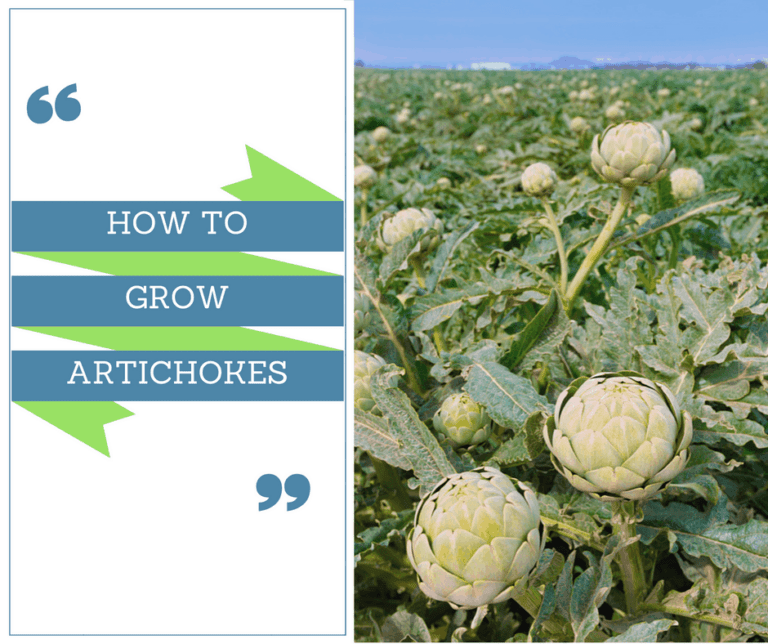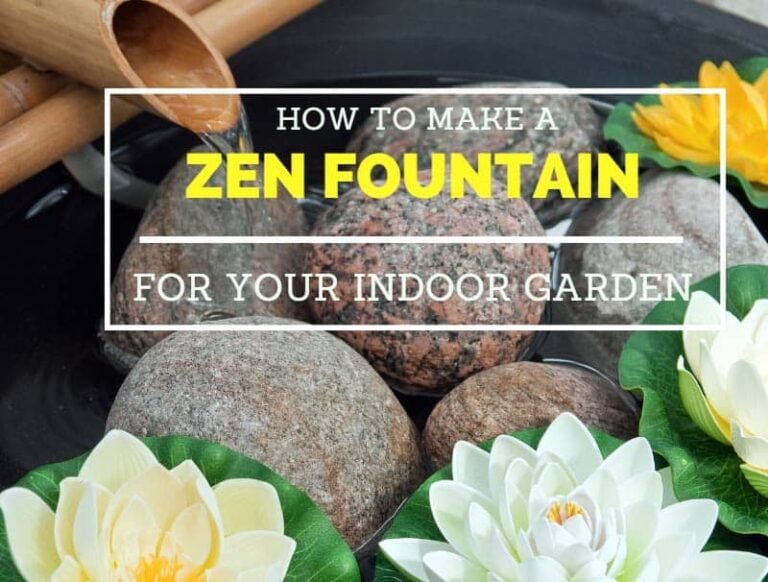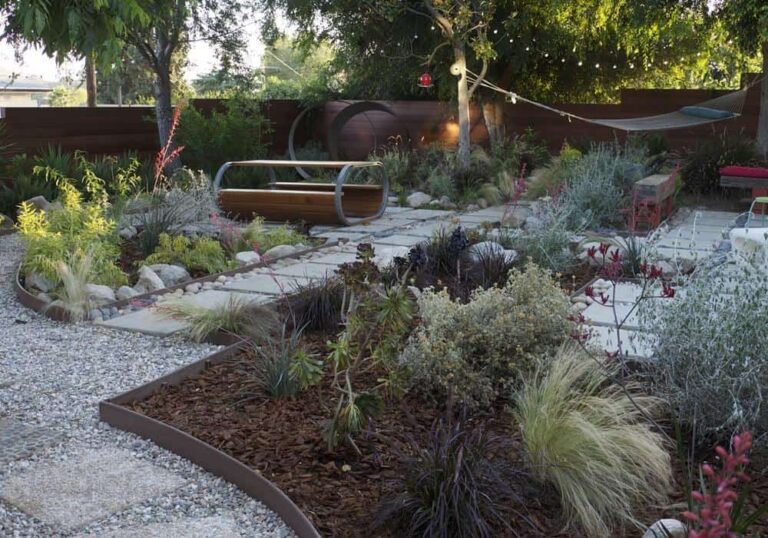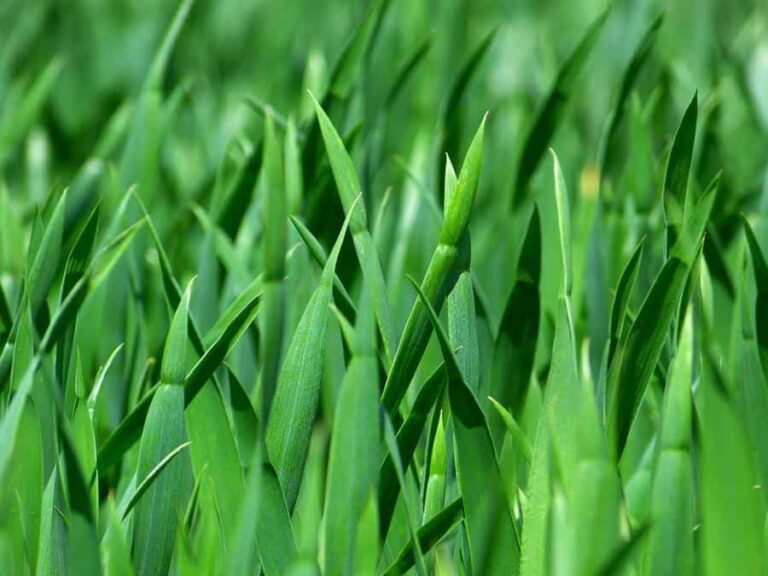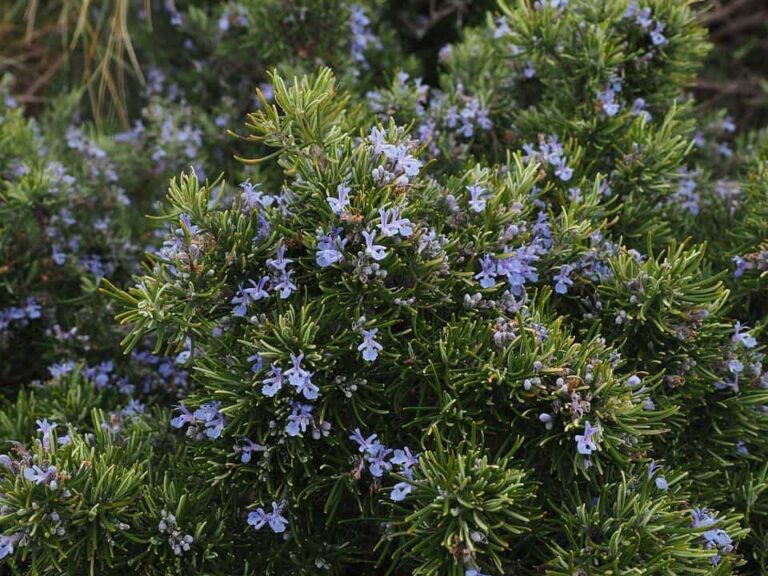Tricks for Growing Garlic in a Container
You can grow garlic in a container in either the fall or the spring and harvest it starting in the summer. To grow garlic in a container, you’ll need a pot that’s made from a non-porous material and that has a drainage hole. The size of the container depends on how many bulbs you want to grow. When grown in a container, your garlic will need lots of sun, container soil, and plenty of water.
Choose the Right Container
The size of container you choose for growing garlic depends in part on the number of cloves you plan to plant and how many bulbs you hope to harvest. Generally speaking, you’ll plant cloves about 5 inches apart from each other.
If you choose a pot that is 8-inches in diameter, you’ll able to plant about 10 cloves. A larger pot, such as one that’s 18-inches in diameter, will allow you to grow 20 or so bulbs.
Garlic does have shallow roots, but that doesn’t mean you should choose a short or shallow container. Ideally, the pot will be at least 12 inches, if not 18 inches deep.
Other Things to Look for in a Container
Aside from choosing the right size of container, you also want to look at what it is made out of and whether it offers drainage. The appearance of the container is something to think about too.
Containers can either be made from a porous or non-porous material. Porous materials include terracotta and unfinished wood. Non-porous materials include glazed clay, plastic and metal.
If you are going to leave your garlic container outdoors over a freezing winter, it’s best to choose a non-porous material. Since water seeps into the pores of terracotta and wood, it can expand after freezing while in the container, causing the pot to crack or break, according to the University of Illinois Extension.
The container also needs to be able to drain. Usually, containers have a hole or several holes drilled into the bottom to allow water to flow out. But not every container available has drainage holes.
You can most likely drill or poke a hole into a container that doesn’t have one. But it’s often easiest to choose a pot that already has a spot for drainage.
You might also care about the way the pot looks. Some plastic containers, for example, might look cheap, while glazed ceramic pots appeal to your tastes more. It’s up to you to decide how much the looks of the container matter to you or not.
Choosing Garlic Cloves
You have two basic varieties of garlic to choose from: hardneck or softneck. Both will grow well in a container.
If you plant a hardneck (Allium sativum var ophioscorodon) variety, the plant will produce a green stalk known as a scape in the early spring. You can harvest the scape and eat it, or you can leave it on the plant. If left alone, the scape will eventually turn woody. Once harvested, hardneck garlic can last for up to five monoths in storage.
Softneck garlic (Allium sativum var sativum) doesn’t produce a scape. It tends to have a longer shelf life after harvest, up to 8 months according to Colorado State University. Softneck garlic has thick, papery skins that provide extra protection to the cloves and help to extend its shelf life.
Elephant garlic (Allium ampeloprasum) is related to softneck and hardneck garlic but actually has a lot more in common with leeks than with other garlic varieties. The plant produces very large cloves that have a mild garlic flavor.
You’ll want to buy garlic cloves designed for gardening if you are going to grow garlic at home. Although you can plant the cloves you buy at the supermarket for eating, they are usually treated to prevent sprouting and won’t fully develop into a new bulb.
What the Garlic Needs
If your goal is to grow garlic bulbs, you need to keep the container outside, where it can get a minimum of six hours of sunlight per day. You can grow garlic cloves in containers indoors, but will most likely only be able to harvest the greens from it, not the cloves, according to Organic Life.
Along with sunlight, your garlic plants will need time. It’s usually recommended that you start the plants in the early fall. They’ll overwinter in the container, then produce greens in the spring. Garlic planted in the fall is usually ready for harvest by mid-summer.
You can plant the cloves in the spring if you prefer. But, you’ll need to wait until the end of summer or early fall for them to be ready.
Once it starts actively growing in the spring, you’ll want to give it some liquid fertilizer from time to time to make sure it has enough nourishment. You’ll also want to water regularly to keep the soil moist. If the soil dries out, the bulbs won’t be able to growl.
Planting the Garlic
The video below walks you through the process of planting garlic in a container. You’ll want to fill your container with either potting mix or compost mixed with a bit of coconut husk or perlite to improve drainage.
In the video, the gardener adds onion fertilizer. While that will give your garlic a boost, if you’re using fresh container mix, it’s most likely not necessary.
To plant the garlic, break the bulb up it into individual cloves. You don’t need to peel the cloves. Push each clove into the soil about one inch deep. The pointy end of the clove should face up.
Remember to give your cloves plenty of space. They should have at least 5 inches of space on all sides. Don’t plant cloves too close to the sides of the pot.
After you’ve planted the garlic cloves, you might want to cover them with a layer of straw or mulch, especially if the winters where you live are cold and wet. Put the containers outside, as close to the side of your house as possible. Putting them near a wall will provide some insulation during the cold of winter.
In the spring, your garlic will be being to grow. It’ll be ready to harvest once the leaves have turned brown and crispy.
Photo by downtowngal released into the public domain.

